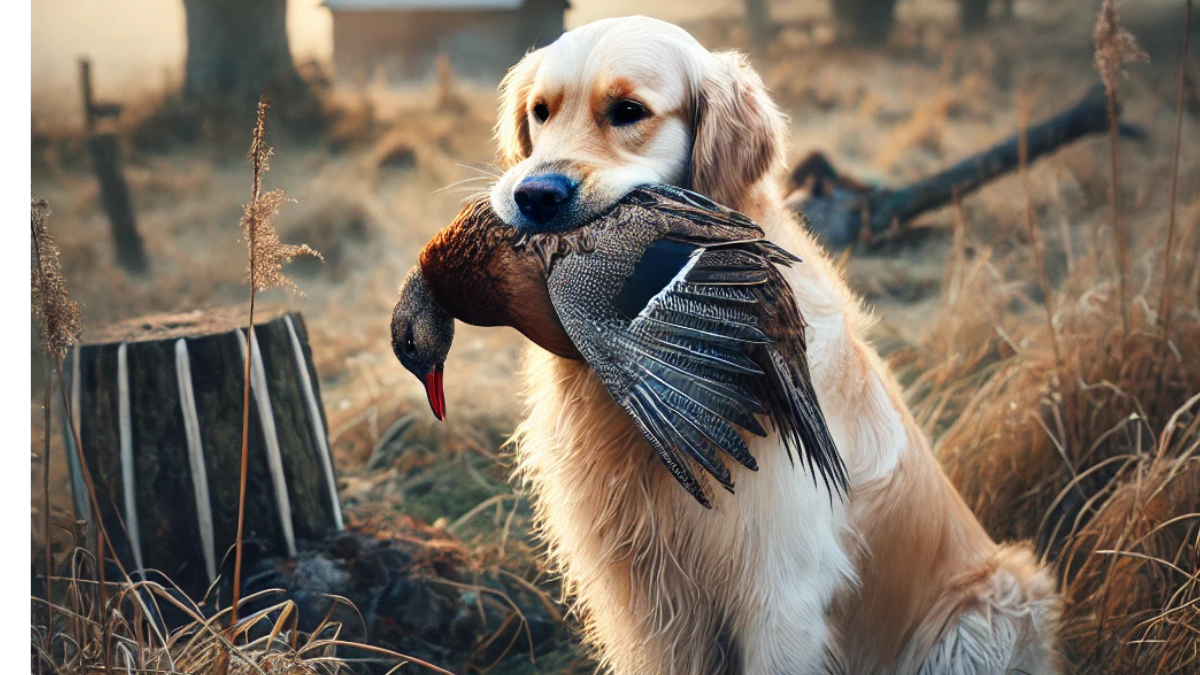Introduction to Cold Game Training for Gundogs

Cold game training is an essential step in preparing your gundog for real-life fieldwork.
Introduction to Cold Game Training for Gundogs
Cold game training is an essential step in preparing your gundog for real-life fieldwork, but it's crucial to tailor the process to your dog's unique needs. The aim is to gradually introduce your dog to handling game, such as birds or rabbits, and develop their confidence in retrieving different textures and sizes. By setting up each step carefully, you ensure a successful transition from dummies to live game without overwhelming your dog.
Why is Cold Game Training Necessary?
Cold game training introduces dogs to the specific challenges of handling real game, without the intensity of freshly shot or warm game. Cold game, often thawed from frozen or a few hours old, provides a controlled, manageable experience for the dog, allowing them to get used to the texture, size, and smell of game before progressing to more complex retrieves in a live shooting environment.
Tailoring Your Approach
Every dog will respond differently to game. Some dogs may take to retrieving naturally, while others will need more time to adjust. It's important to recognize that there's no fixed timeline for introducing cold game—it all depends on the dog's comfort and readiness.
Starting with your puppy, it's a good idea to introduce a variety of articles with different shapes, textures, and weights. This could include standard dummies, as well as dummies wrapped in fur or feather, to gently accustom your dog to what they'll encounter in the field. If a dog is overexposed to a single texture (like fur or feather), they may refuse to retrieve other objects, so variety is key.
For dogs that are sensitive or excited by fur or feather, wrapping the retrieve item in a sock or tights can help manage their reaction. By gradually exposing them, you can ease them into the new sensation and build their confidence.
Introducing Cold Game
Once your dog is comfortable with fur and feather-covered dummies, you can introduce them to cold game. Again, this process should be approached at your dog's pace. Some dogs may be ready at seven months, while others may not be ready until much later. Forcing a dog into retrieving before they're ready can cause issues, so it's best to take your time.
When introducing cold game, you can use tights as a barrier to control how much of the game the dog interacts with. Start by wrapping the entire bird or rabbit in the tights and slowly cut away sections, exposing more feather or fur as your dog becomes more confident.
Keep the initial training sessions simple, asking for a straightforward retrieve in a small area. The goal is to build your dog's confidence and get them used to handling game, so positive reinforcement and encouragement are crucial. Allow your dog to experiment with how to pick up the game, avoiding any unnecessary pressure that could discourage them.
Building on Success
As your dog becomes more comfortable, you can gradually increase the difficulty of retrieves by introducing memory or blind retrieves, or by asking your dog to hunt for the game. Always keep sessions short and positive, ensuring that your dog ends on a high note.
When the time is right, you can begin to introduce warm game in the field, but only after your dog has been exposed to the shooting environment, has learned to be steady, and can wait calmly while action happens around them. A well-prepared dog is essential for success in the field, as no shoot will welcome an out-of-control dog disrupting the proceedings.
By progressing at your dog's pace and providing positive, supportive training, cold game training becomes a rewarding experience that sets your dog up for a successful future in the field.
Categories: : Cold Game Training
 Sue Watkins
Sue Watkins 